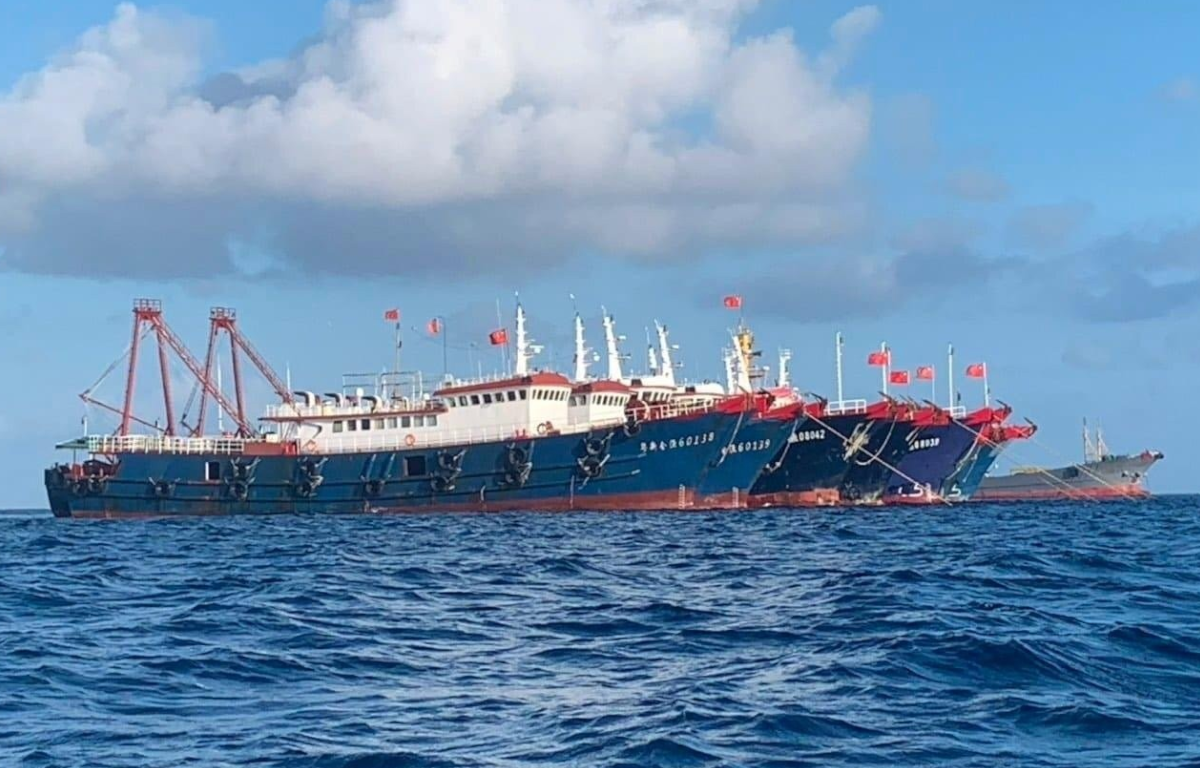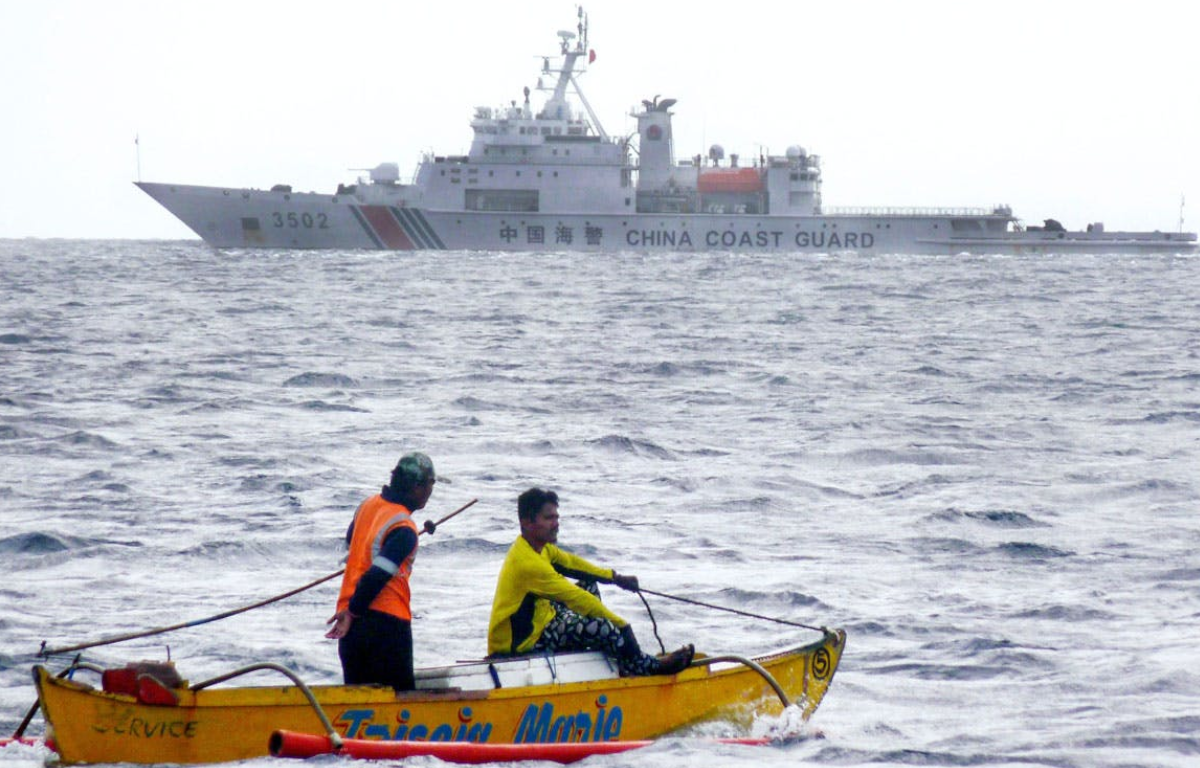
This surge in maritime activity has heightened tensions in the region, drawing international attention to the ongoing territorial disputes in these contested waters.
Balikatan, which means “shoulder-to-shoulder” in Filipino, is a series of joint military exercises aimed at enhancing interoperability and strengthening the defense capabilities of the US and Philippine forces. This year’s exercises, involving thousands of troops, advanced military equipment, and complex maneuvers, are particularly significant given the current geopolitical climate.
The presence of a larger number of Chinese vessels during these exercises is seen by many as a show of force and a strategic maneuver by Beijing. These vessels, which include fishing boats, coast guard ships, and maritime militia, have been reported near key areas such as the Spratly Islands and Scarborough Shoal. Both areas are within the Philippines’ exclusive economic zone but are also claimed by China.
The increase in Chinese maritime activity has raised alarms in Manila and Washington. Philippine defense officials have expressed concerns over the potential for confrontations and the implications for regional stability. The US has reiterated its commitment to the Philippines under the Mutual Defense Treaty, which stipulates that an armed attack on Philippine forces, aircraft, or public vessels would trigger mutual defense obligations.
Analysts suggest that the surge in Chinese vessels is a calculated response to the Balikatan exercises. By increasing its presence in the West Philippine Sea, China aims to assert its territorial claims and challenge the US-Philippine military cooperation. This move aligns with Beijing’s broader strategy of expanding its influence and fortifying its position in the South China Sea, despite international rulings that invalidate its sweeping claims.
The West Philippine Sea, rich in natural resources and strategic maritime routes, remains a flashpoint for territorial disputes involving multiple countries, including China, the Philippines, Vietnam, Malaysia, and Brunei. The international community, particularly countries with interests in maintaining freedom of navigation and overflight, has been closely monitoring developments in the region.
The situation underscores the complexities of regional security and the challenges facing smaller nations like the Philippines in navigating the geopolitical tensions between major powers. Diplomatic efforts to resolve these disputes have been ongoing, but the recent increase in Chinese vessel activity demonstrates the difficulties in achieving lasting solutions.
In response to the surge, the Philippines has called for increased vigilance and continued international support. There have been calls for enhanced cooperation among ASEAN nations and greater involvement from global powers to ensure stability and uphold international law in the disputed waters.
The coming weeks and months will be crucial in determining the trajectory of the West Philippine Sea situation. The outcomes of the Balikatan exercises, along with diplomatic engagements and regional responses, will likely influence the strategic calculations of the involved parties. As tensions persist, the international community remains watchful, hoping for a peaceful resolution to the disputes that have long plagued this vital region.










Share this: